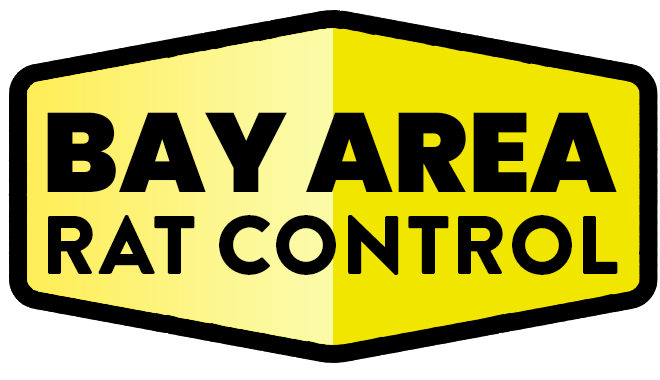Opening Thoughts
Rats pose significant challenges to homeowners, from health risks to property damage. Effective rat control requires an integrated approach that combines prevention, monitoring, and eradication. This guide explores comprehensive rat management strategies designed to keep your home safe and pest-free.
What Is Integrated Rat Management?
Integrated Rat Management (IRM) is a holistic approach that combines multiple strategies to prevent and control rat infestations. It focuses on long-term solutions that address the root causes of infestations rather than relying solely on reactive measures.
Key Components of IRM
- Prevention: Sealing entry points and eliminating food and water sources.
- Monitoring: Regular inspections and use of monitoring tools to detect early signs of infestation.
- Control: Employing traps, baits, and professional services as needed.
Step-by-Step Guide to IRM for Homes
1. Inspect Your Home
- Identify Entry Points: Look for gaps around doors, windows, pipes, and vents. Rats can squeeze through holes as small as ½ inch.
- Check for Signs of Infestation: Droppings, gnaw marks, and grease trails are common indicators.
- Inspect Hidden Areas: Basements, attics, and crawl spaces are prime nesting locations.
2. Seal Entry Points
- Materials to Use: Steel wool, caulk, and metal mesh are effective barriers.
- Common Entry Points:
- Holes around utility pipes.
- Cracks in foundations and walls.
- Gaps under doors or around windows.
3. Eliminate Food and Water Sources
- Store Food Properly: Use airtight containers for pantry items.
- Secure Garbage: Keep trash bins sealed and dispose of waste regularly.
- Fix Leaks: Address dripping faucets and leaking pipes to cut off water supply.
4. Implement Monitoring Tools
- Traps: Place snap traps or electronic traps along walls and near nesting areas.
- Cameras: Motion-sensor cameras can help detect rat activity in hard-to-reach areas.
- Non-Toxic Indicators: Use talcum powder or flour to track rat pathways.
5. Use Control Methods
- Traps:
- Snap Traps: Effective for quick results.
- Live Traps: For humane removal.
- Baits:
- Rodenticides: Use cautiously and according to label instructions.
- Non-Toxic Baits: Suitable for homes with children or pets.
- Professional Services:
- Pest control professionals can handle severe infestations and implement advanced techniques.
6. Maintain Preventive Measures
- Regular Inspections: Schedule periodic checks for signs of infestation.
- Yard Maintenance: Trim vegetation and remove debris to reduce hiding spots.
- Community Cooperation: Work with neighbors to address infestations collaboratively.
Benefits of IRM for Homeowners
1. Long-Term Effectiveness
- By addressing the root causes of infestations, IRM minimizes the likelihood of recurring problems.
2. Reduced Reliance on Chemicals
- IRM emphasizes preventive and mechanical methods, reducing the need for harmful pesticides.
3. Cost Savings
- Preventive measures and early detection can save homeowners from costly repairs and extensive extermination efforts.
Common Mistakes to Avoid
- Ignoring Small Entry Points: Even tiny gaps can allow rats to enter.
- Overusing Rodenticides: Excessive use can harm non-target animals and the environment.
- Delaying Action: Early detection and intervention are critical to preventing infestations from escalating.
Final Thoughts
Integrated Rat Management provides homeowners with a comprehensive framework for preventing and controlling infestations. By combining proactive measures, monitoring tools, and effective control methods, you can create a rat-free environment and protect your home from future invasions.
Relevant Links/Sources:
Integrated Pest Management for Rodents – EPA
Rat Control Tips for Homeowners – PestWorld
Home Rat Prevention Strategies – Orkin
